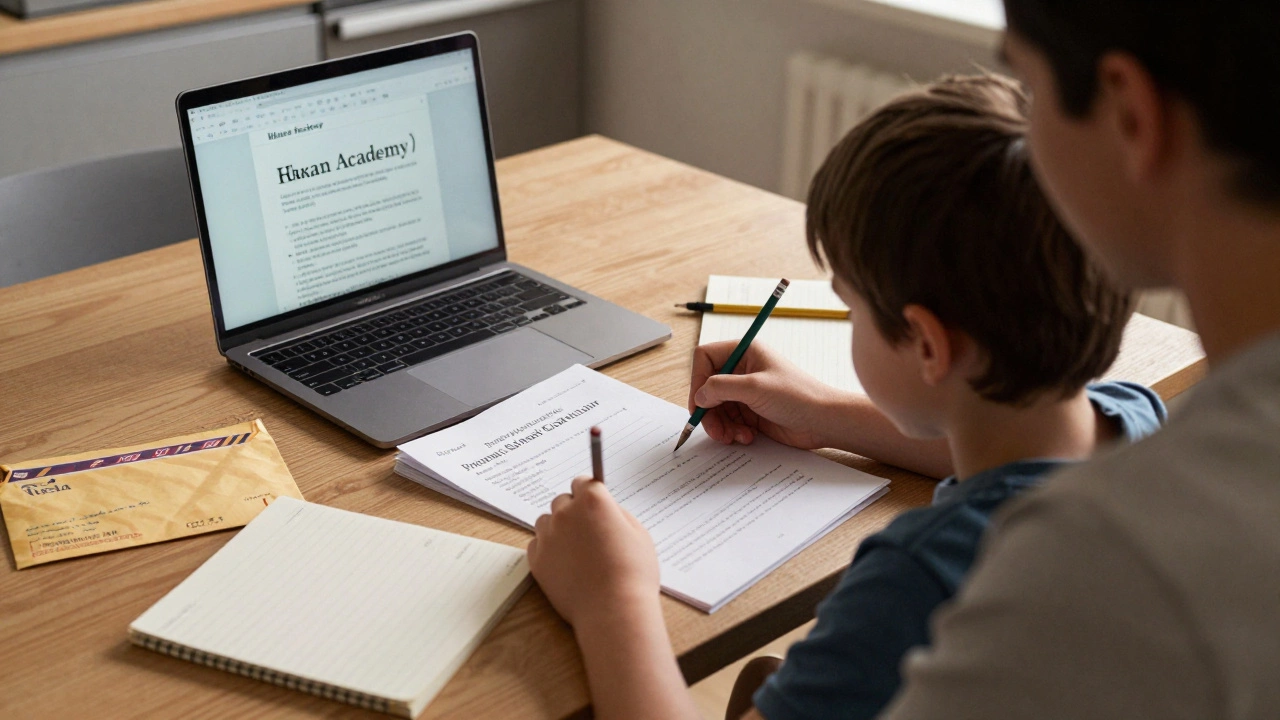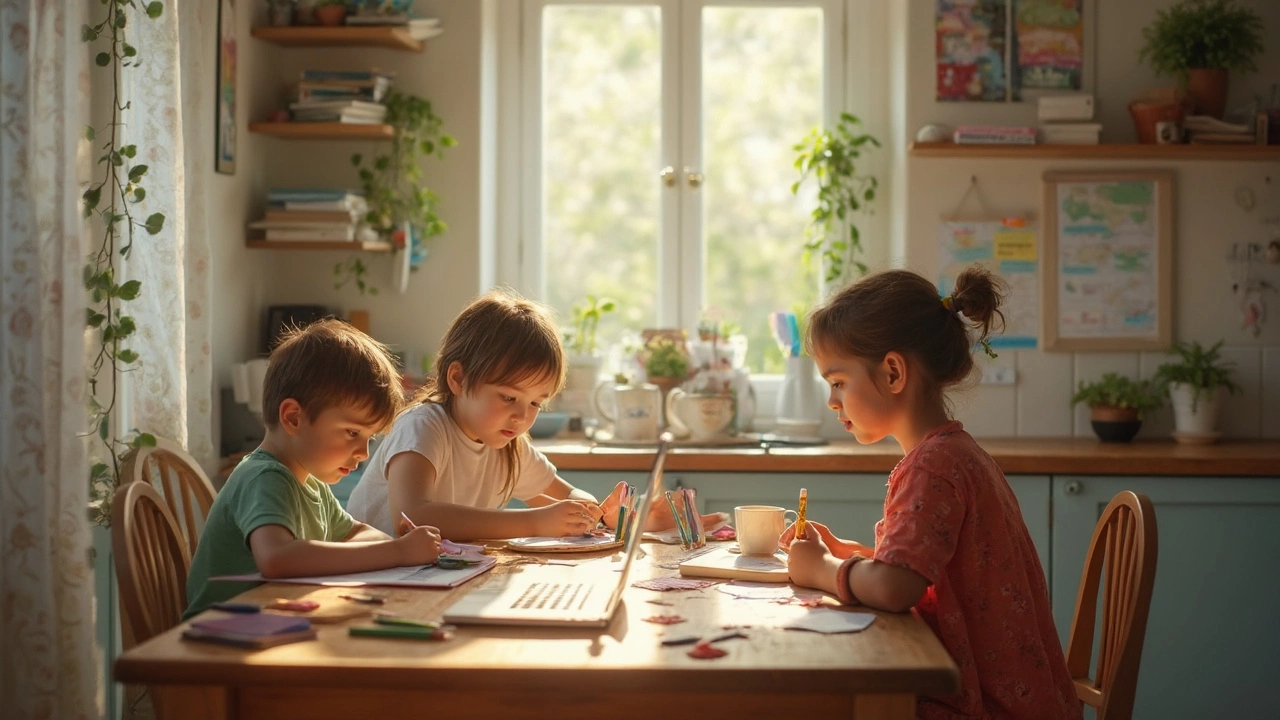Home Schooling Made Simple: What Every Parent Should Know
Thinking about taking school out of the classroom and into your living room? You’re not alone. More families are swapping school buses for kitchen tables, and the good news is you don’t have to figure it all out on your own. Below you’ll find the basics: when to start, how it works in real life, and what success looks like.
When Is the Right Time to Begin?
Most parents wonder, "Which grade can I actually start home schooling?" The answer depends on a mix of legal rules and family readiness. In the UK, you can begin as early as the Reception year, but many families wait until they feel confident about the curriculum and daily routine. Early start‑offs can give you a head start on customizing learning, while waiting until later grades lets you build a solid home base first. Look at your child’s motivation, attention span, and social needs – those clues often tell you the sweet spot.
Does Home Schooling Really Work?
There’s a lot of talk about whether homeschooled kids keep up academically and socially. The data says they usually perform at or above the national average in core subjects, and they often develop strong self‑discipline. Social skills come from clubs, sports teams, and community groups, not just a school playground. The key is a balanced schedule that mixes learning with real‑world interaction. If you plan regular outings, group classes, or online clubs, you’ll cover the social side nicely.
One common worry is the workload for parents. It’s true – you’ll wear a few hats: teacher, planner, and sometimes tech support. But you don’t have to reinvent the wheel. Curriculum packages, online lessons, and free resources from sites like PPE Lessons give you a solid framework. Pick a few subjects each week, set clear goals, and keep the daily plan flexible. A 30‑minute math session followed by a hands‑on science experiment can keep kids engaged without feeling like a marathon.
Psychologists weigh in on the emotional side of home schooling. They note that a stable routine, clear expectations, and a space dedicated to study help children feel secure. At the same time, letting kids choose projects that match their interests fuels motivation. When you notice boredom or stress, tweak the schedule – maybe add a field trip or a creative art break.
Choosing the best years for success also matters. Many experts say the early elementary years build strong study habits, while the teen years benefit from more independence and real‑world projects. If you start in early grades, you can gradually hand over more responsibility as your child matures. If you begin later, focus on personalized learning plans that address any gaps quickly.
Practical tips to hit the ground running:
- Set a dedicated learning area – a desk, good lighting, and minimal distractions.
- Create a simple weekly timetable. Consistency beats perfection.
- Use free lesson plans from trusted safety education sites to keep content accurate and engaging.
- Connect with other home schooling families for support and group activities.
- Track progress with a basic spreadsheet or journal. Celebrate small wins.
Bottom line: home schooling works when you mix structure with flexibility, keep learning fun, and stay connected to the wider community. Whether you start in Reception or wait for Year 7, the goal is the same – give your child a safe, supportive environment to grow academically and personally.











